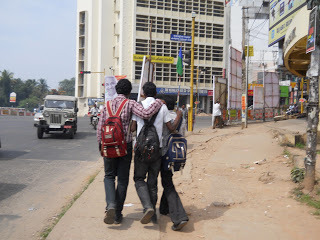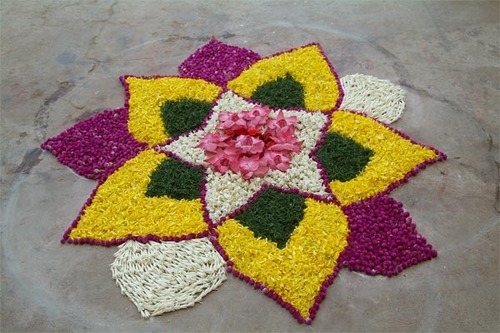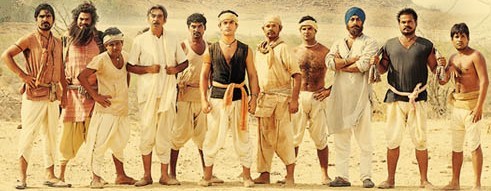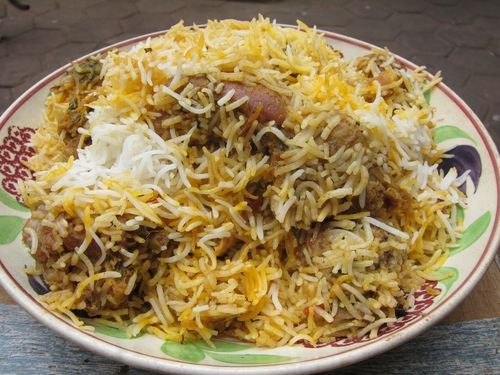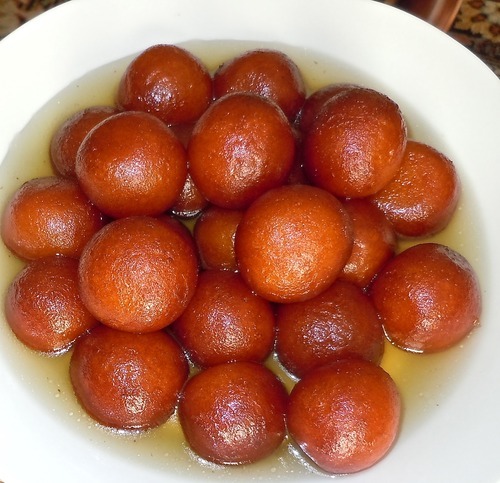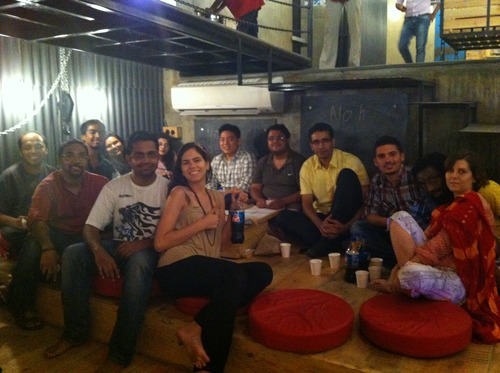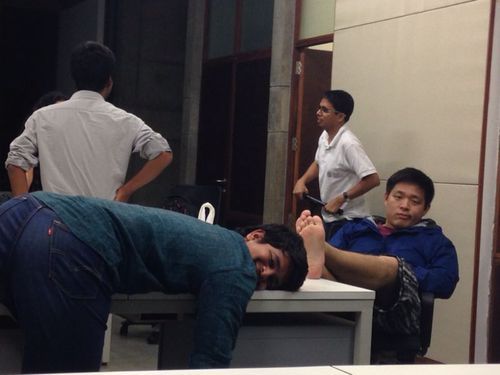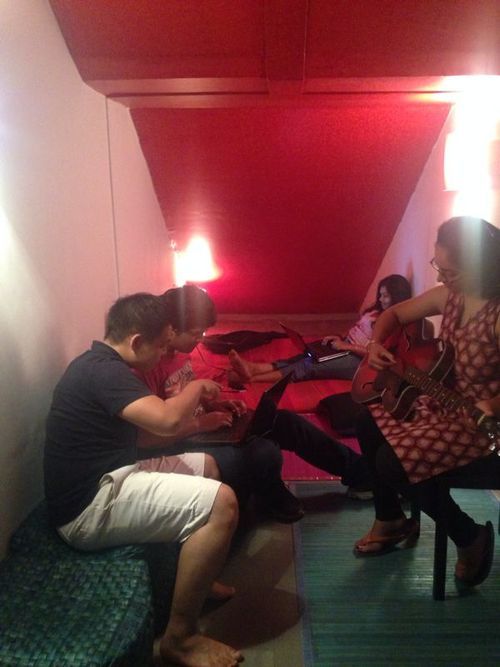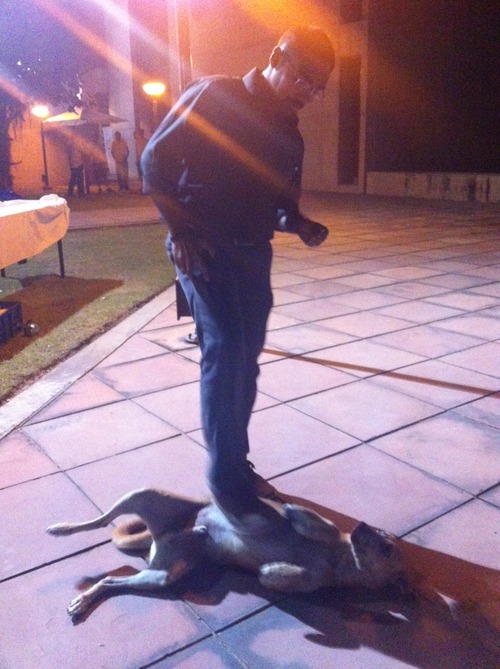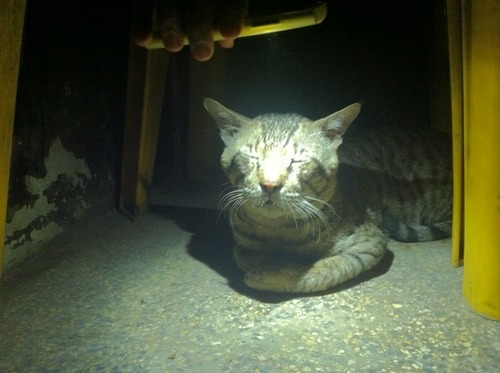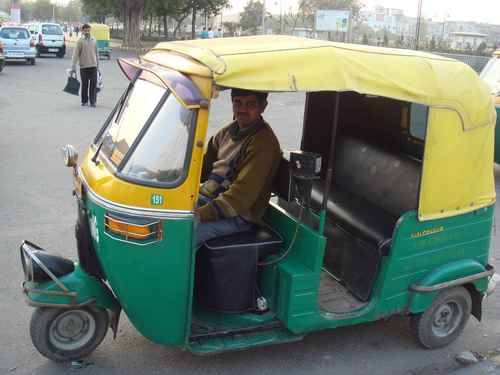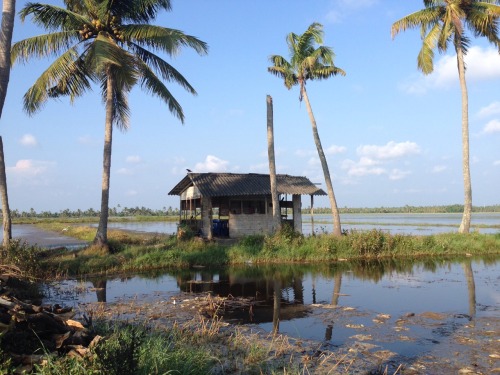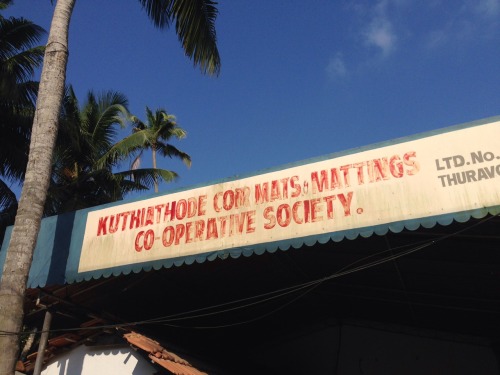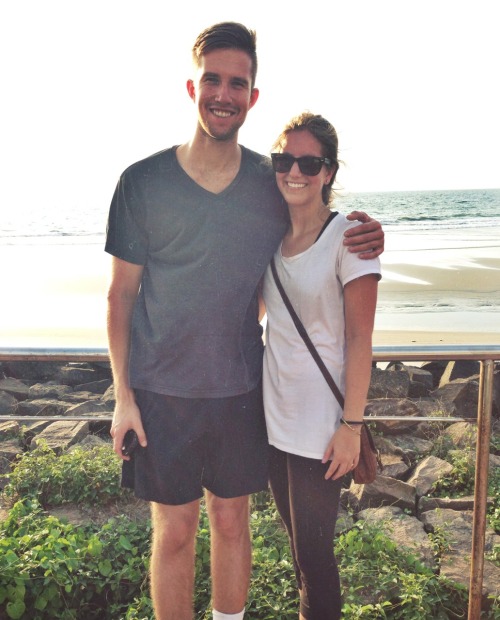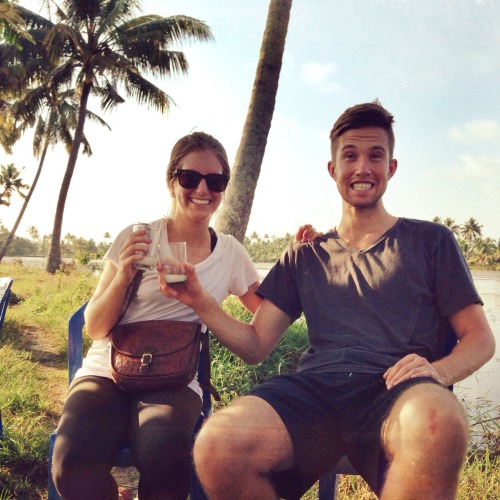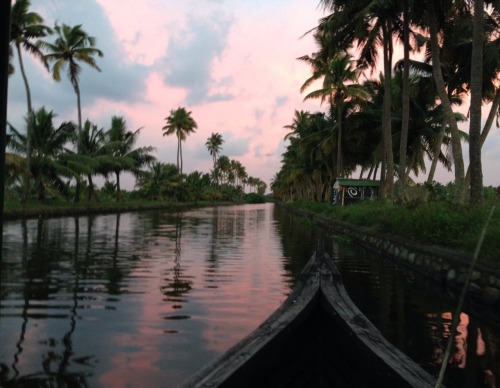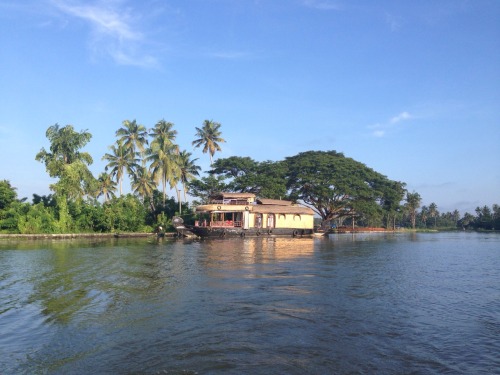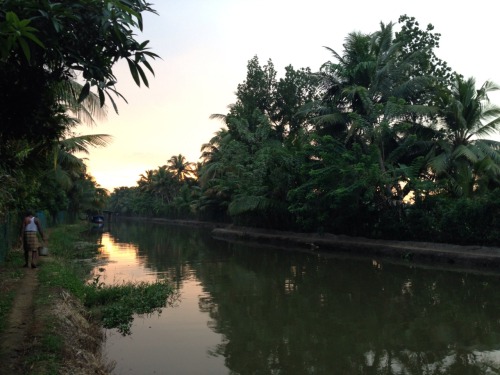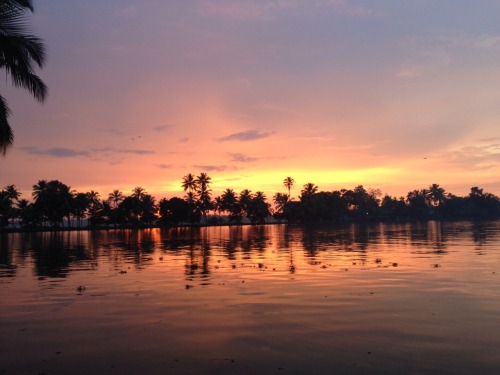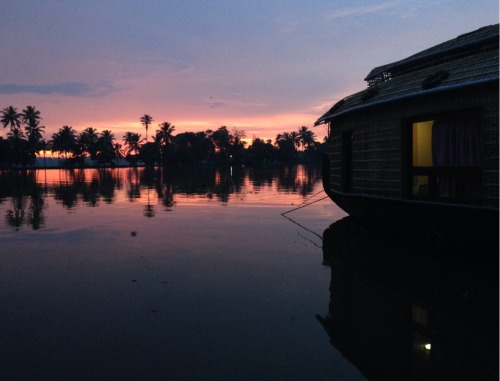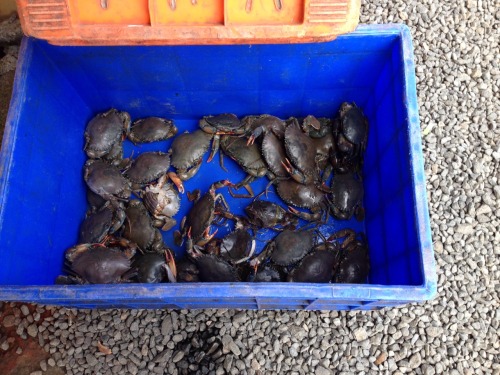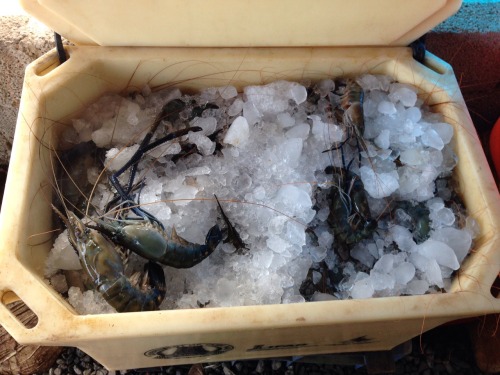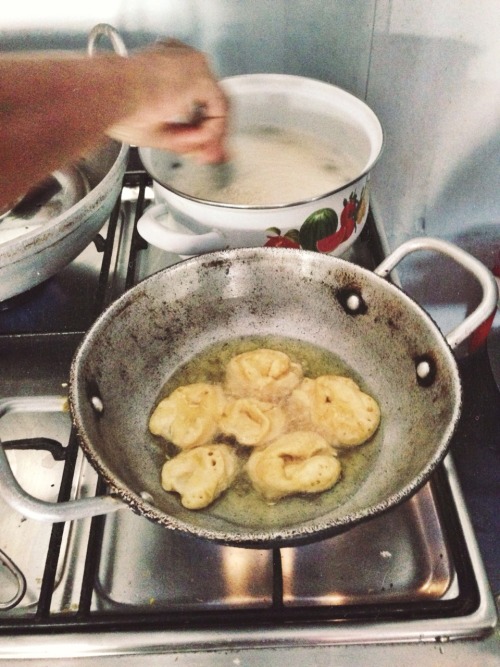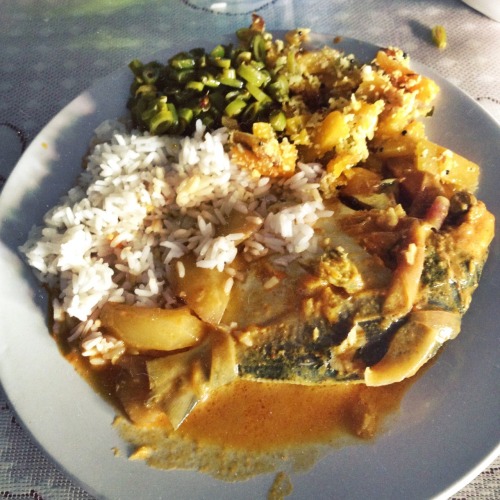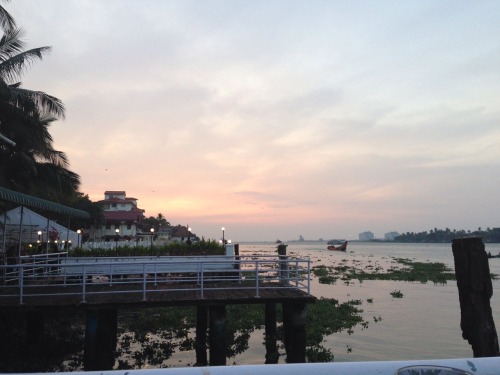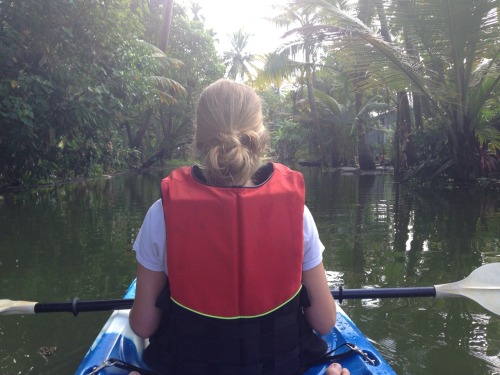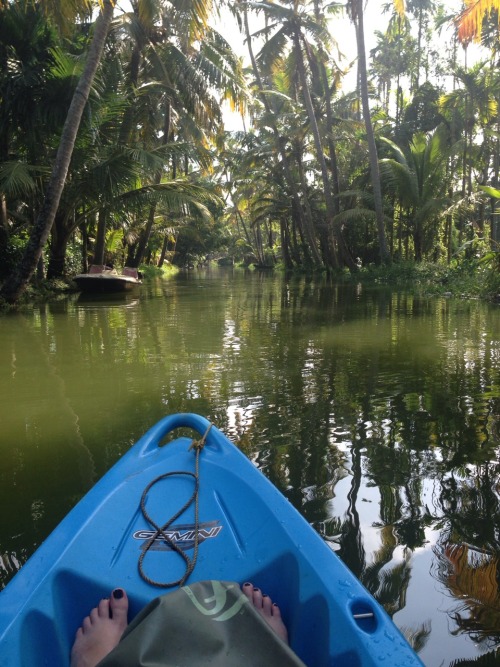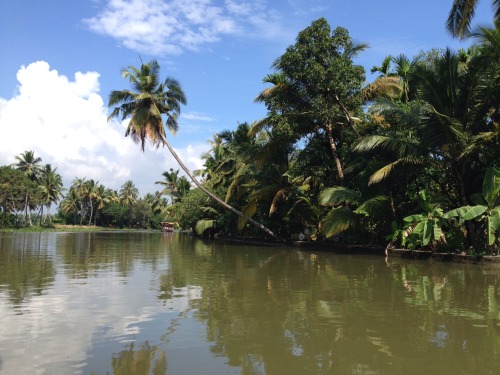Hi All!
I am overdue with an update! The end of the year has been very busy and successful for YSB Haiti!
Update: The chickens have been flying off the shelf (so to speak) at the chicken farm and everything is on track for the next batch!
YSB: YSB Haiti is very close to investing in three businesses at the close of the year! The businesses range in industries from agribusiness (castor oil), safe cleaning products, to clean energy. This is very exciting as this all promotes new jobs for Haitians, social problem solutions and a growing Haitian economy.
Work: As for me, I have been continuing my work on the castor oil business and hope to close it out by the time I leave Haiti (which unfortunately is quickly approaching). I have learned so much over these past months and I am so happy I chose YSB to intern with. As my first real professional experience, it couldn’t have been better. My only regret is not being able to stick around to see how the businesses bloom. There is such a great team here in Haiti that is working their hardest to bring the best social businesses to the investment table.
Personal life: I have recently met up with a friend from back home and we plan we enjoy the December festivities in Haiti together. She, like me, is Haitian American, has her master’s and has decided to move to Haiti to find a career. Though our families may think we are crazy for moving from a first world country to a third world country, we are personally pursuing something; whether it be applying our degrees, searching for “ourselves,” looking for “something more”/fulfilling, or yearning for a new start.
Next week marks the start of my 3 week vacation dedicated to enjoying more time with my family and hopefully go to Ile-a-Vache (please do yourself a favor and google this beautiful island)!
Haiti: Through this experience I have also learned more about Haiti, its culture, and people in general. Many times I found myself comparing the US and Haiti, wondering why some countries flourish and others don’t. Unfortunately there is no one answer and no quick fix. While living here I have noticed all the intricacies of the Haitian economy: street children, working children, lighter skin Haitians or foreigners occupying the upper echelons of society, NGO and UN presence, two markets (independent sellers on the streets & formal retailers), a currency that is referred to in two different ways (gourdes and haitian dollars), easily paying in American dollars wherever you go, the dented and damaged cars climbing the streets, the absence of homeless people, the lack of proof of the most famous fact about Haiti, and so many more. And all of these aspects have their pros and cons and their reasons.
I am still adjusting to the interactions I have with the Haitian culture to this day. I found myself asking what would it take to change this problem, where do these problems stem from? Ignorance? Culture? Or is it that these problems that I observe are not problems to them at all. Whatever the case may be, this country is full of inspiration, culture, beauty, hospitality, and camaraderie.
For more of the progress YSB is making across the globe, visit http://www.yunussb.com
A bientôt!




